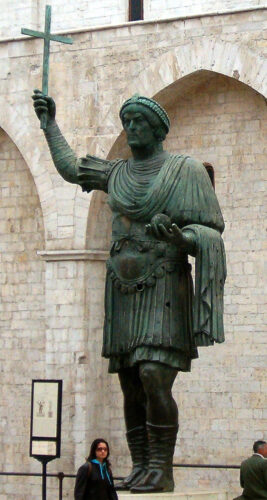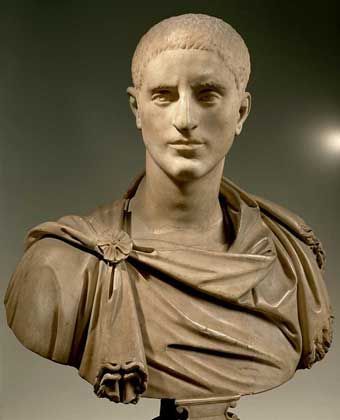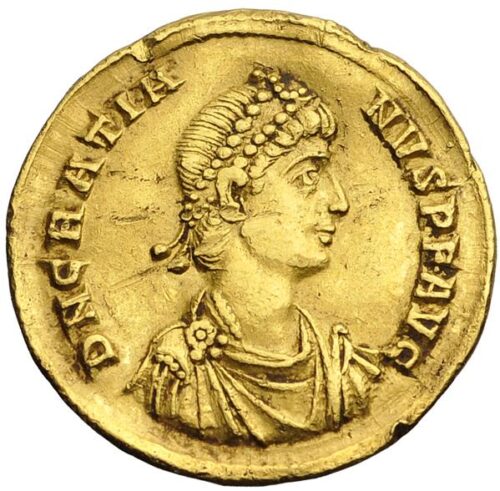Baby
In 53 BC the plan of the ambitious Roman consul and general Julius Caesar for the conquest of Gaul was in full swing. An invitation was sent to all the tribes but the Parisii was among the ones who did not reply. That was interpreted as an act of war by the Romans. The Gauls under their leader Camulogenus had already followed a policy of scorched earth and Lutetia would not be an exception. Near the burnt remains of the city the Roman legions won the battle and killed Camulogenus. From then on the site of modern day Paris would be Roman territory.



The Romans quickly proceeded in the establishment of a new city that stood on both Ile de la Cité as well as the hill on the south (left) bank of the river (the Montagne Sainte-Geneviève). The road grid of the new city followed the straight lines of a Roman military camp with its main axis crossing the island on the site of the current Rue de la Cité. The conquerors brought with them all the customs, the civil engineering and laws of their homeland. The Gauls were gradually Romanized and the two people started to merge into one. The Gallo-Roman city of Lutetia Parisiorum had its first forum, amphitheater and new more reliable bridges built immediately. The Gauls were free to worship their Celtic gods, as long as they respected the Roman gods as well.
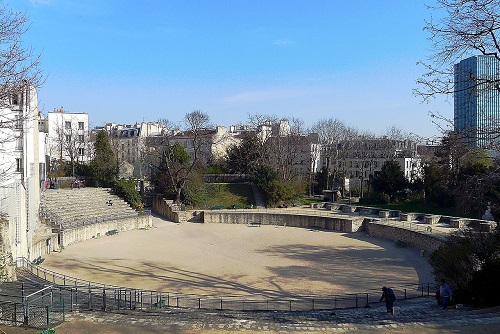
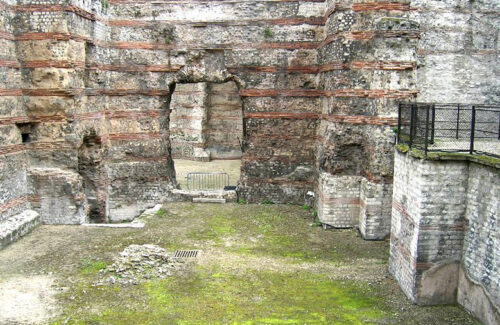
With a population of about 10.000 people the city became an integral part of Gallia Lugdunensis, the province that had modern day Lyon as its capital. A protective wall, an aqueduct about 25 km in length, a temple dedicated to Jupiter on Ile de la Cité, paved roads, a small port, a massive bath complex (Thermes de Cluny), statues and valuable pieces of jewelry testify for the prosperity of Roman Lutetia to this day.
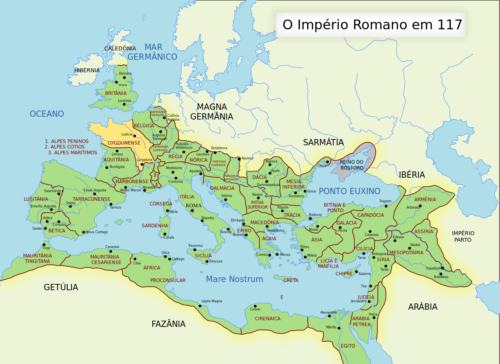
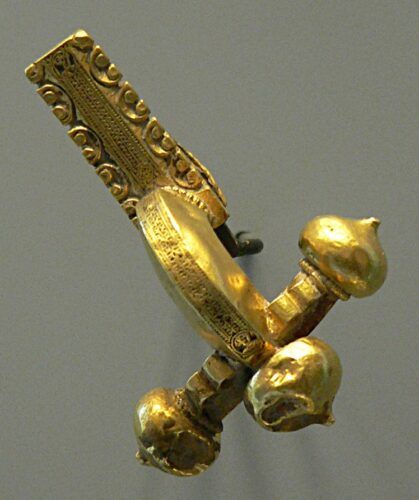

Shortly after 250 AD Christianity came to Lutetia when St. Denis with two other apostles, Rusticus and Eleutherius, were sent by Pope Fabian to convert the Gauls. According to the tradition, the Christian companion settled on Île de la Cité and were so successful in converting people that the pagan priests of the city felt threatened, orchestrated their arrest by the Roman governor and managed to have the three Christian missionaries decapitated on the highest hill of Paris, a once Druidic secret place. It would later be known as the Montmartre (The Martyrs’ Mountain).
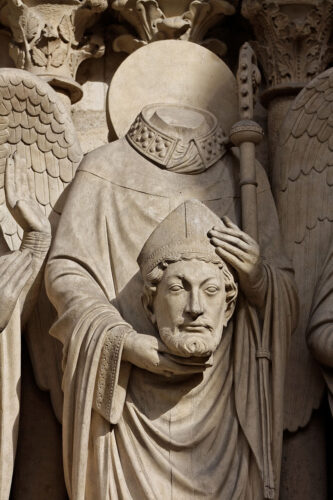
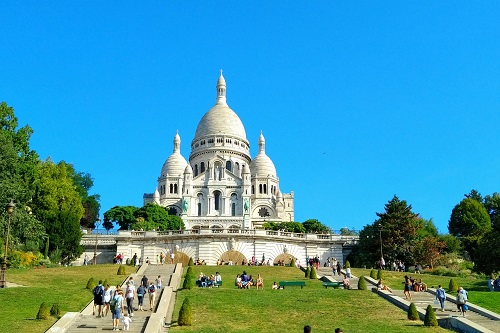
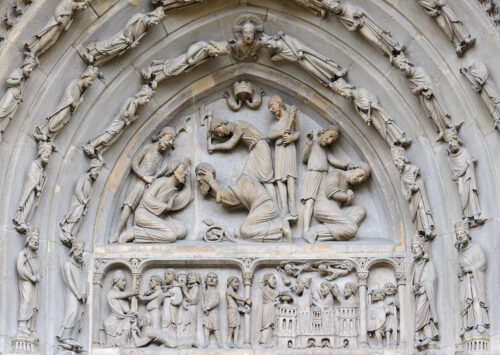
A few years later, around 275 AD we have the first invasion of Germanic tribes, of the Barbarians as the Romans called them, who ravaged the left coast of the Seine and forced the inhabitants of Lutetia to take refuge on the Île de la Cité where they could easier defend themselves. After that attack the left coast was in essence abandoned and the stones of most of its buildings and monuments were used to strengthen the defense of the island with the creation of the first stone wall.
Lutetia officially became Paris in the time of Emperor Julian the Apostate. Julian was the designated Caesar of the western provinces by order of the Roman Emperor Constantius II in 355. After two years of successful campaigns against Germanic tribes, Julian took residence in Lutetia, a place relatively easy to defend thanks to the Seine and close to the Roman borders of the Rhine. In 360 AD and after a series of impressive military feats Julian is proclaimed Emperor Julius Augustus at the Thermes de Cluny in Paris by his troops. It was the first time in history the small provincial town, former Lutetia, now Civitas Parisiorum (the City of the Parisii) was at the epicenter of Roman political life.
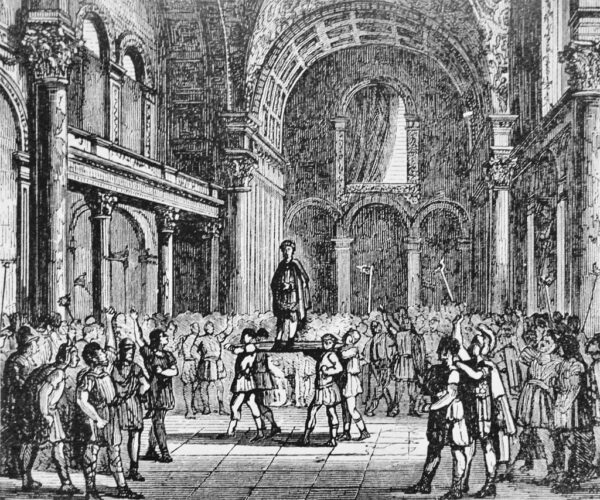
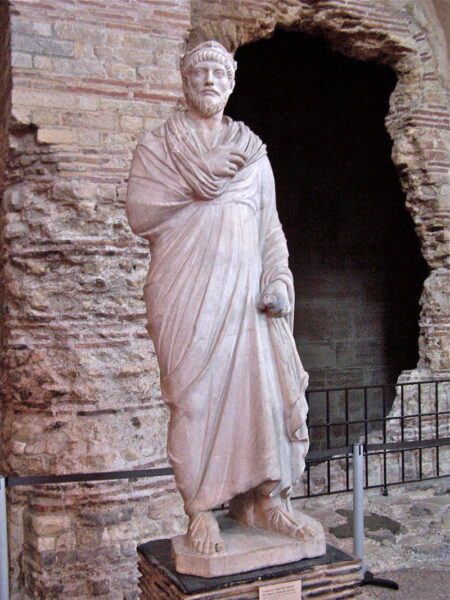
As if Julian’s actions had turned the spotlight on the city for good, it wouldn’t take long for the next Roman emperor to arrive. Emperor Valentinian I stayed in Paris two times, first in 365 and then in 366 during his campaigns in Gaul against the Alamanni. In 383, Magnus Maximus the general who had managed to suppress the rebellion of the Scots and the Picts in Britain, was proclaimed emperor by his troops and leaped to Gaul to establish his claim. Emperor Gratian rushed to Paris to stop the usurper’s advance but he was betrayed by his troops and fled to Lyon.
